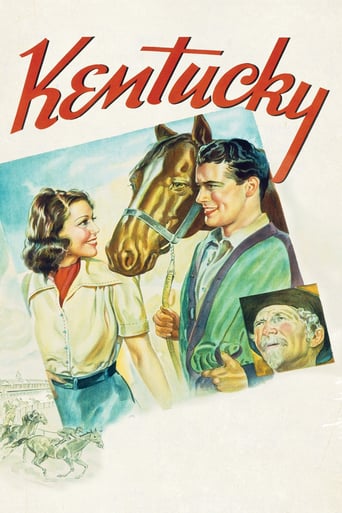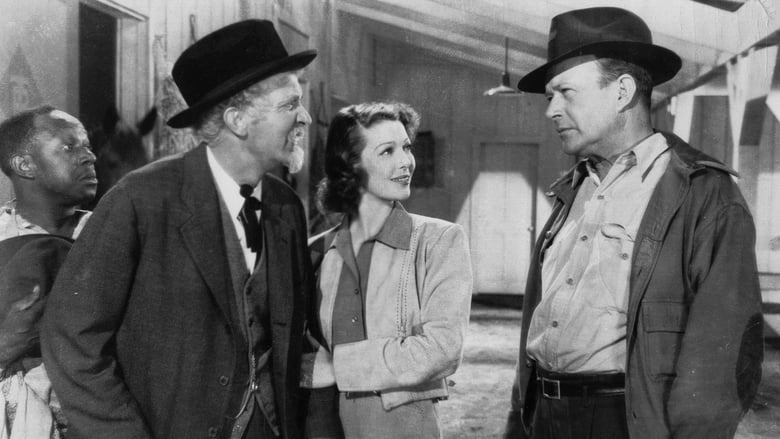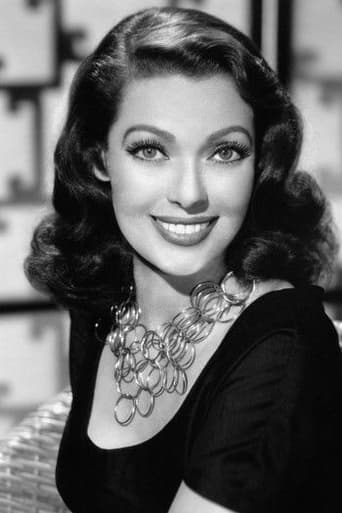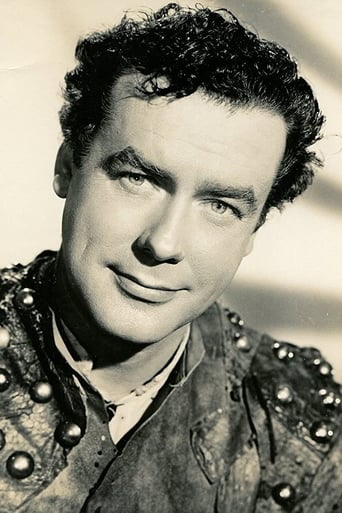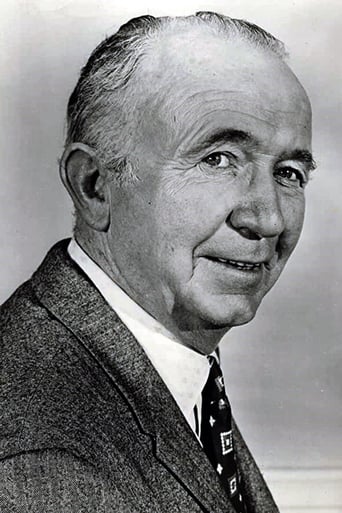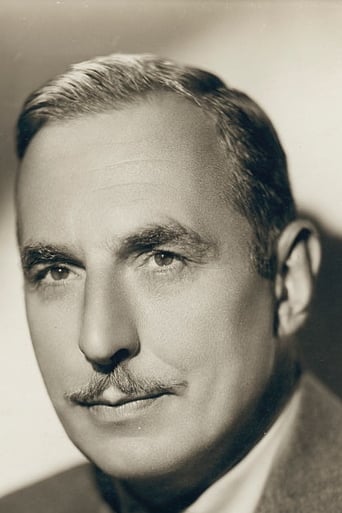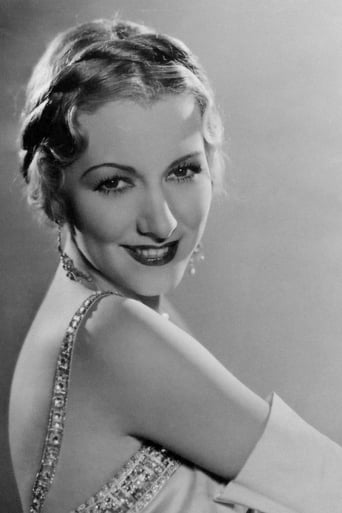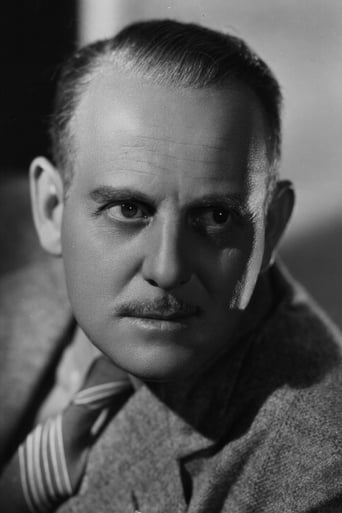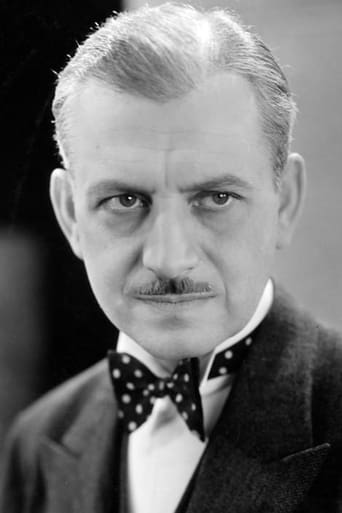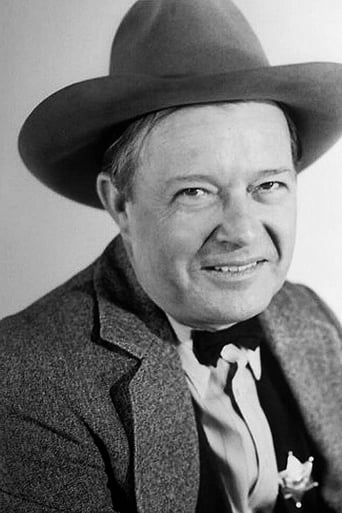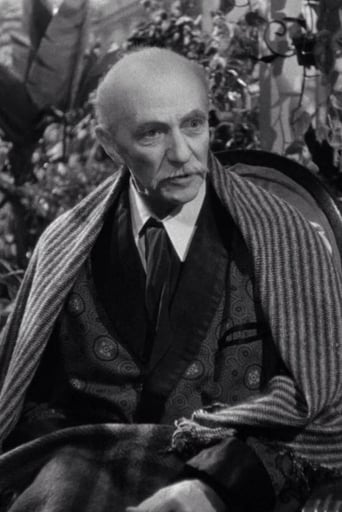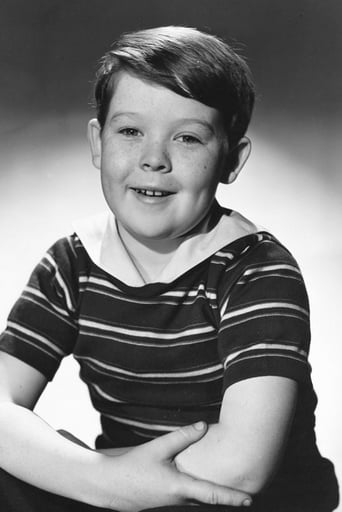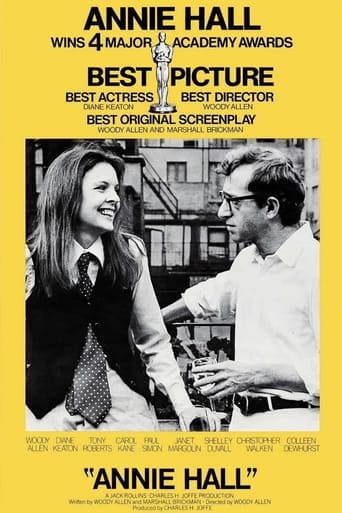Young lovers Jack and Sally are from families that compete to send horses to the 1938 Kentucky Derby, but during the Civil War, her family sided with the South while his sided with the North--and her Uncle Peter will have nothing to do with Jack's family.


Similar titles
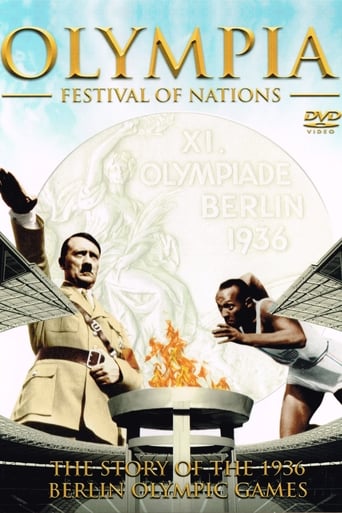
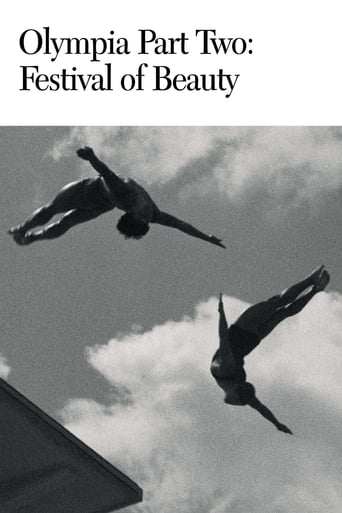
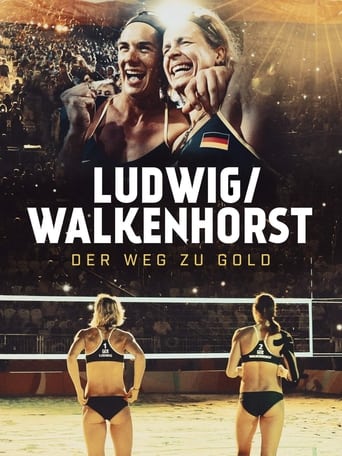
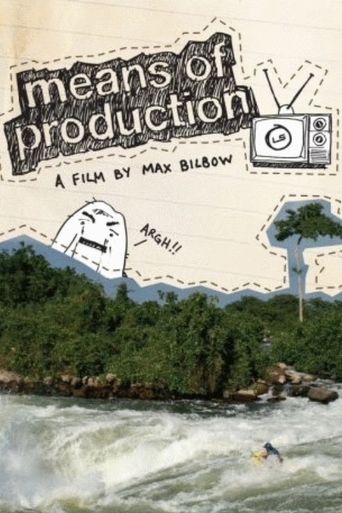
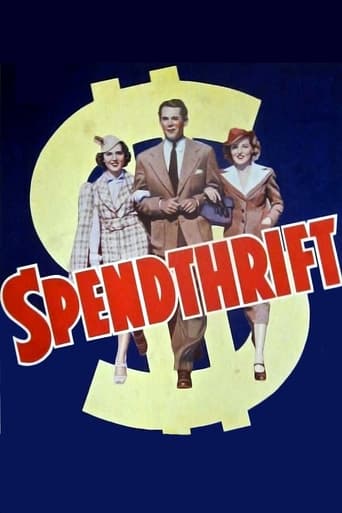
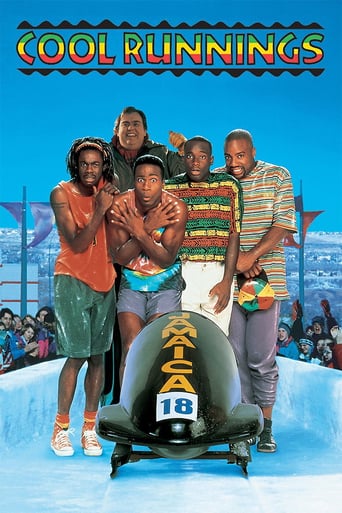
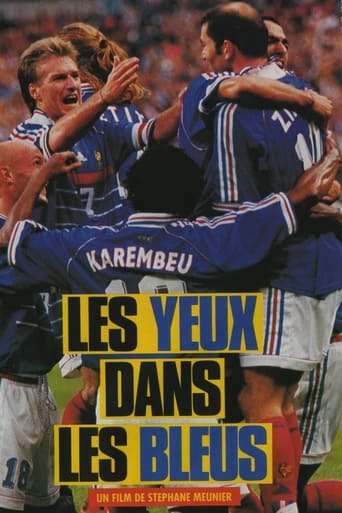
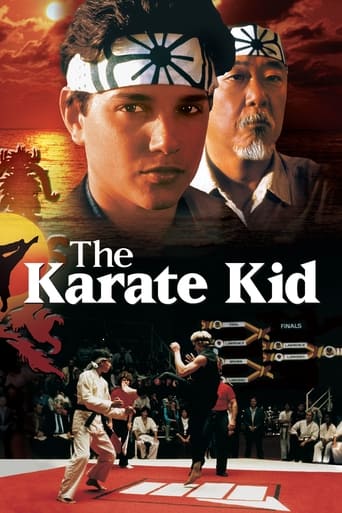
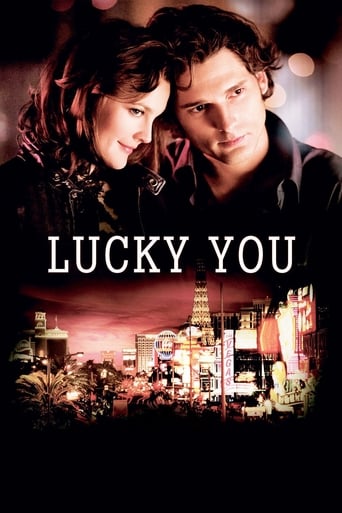
Reviews
Copyright 30 December 1938 by 20th Century Fox Film Corp. New York opening at the Roxy, 23 December 1938. U.S. release 30 December 1938. U.K. release: March 1939. Australian release: 13 April 1939. 8,630 feet. 96 minutes.SYNOPSIS: A longstanding feud between two Kentucky families is resolved when the son of one falls in love with the daughter of the other and he helps her horse defeat his own father's entry in the Kentucky Derby.NOTES: Academy Award, Supporting Actor, Walter Brennan (defeating John Garfield in Four Daughters, Gene Lockhart in Algiers, Robert Morley in Marie Antoinette and Basil Rathbone in If I Were King). With a domestic rentals gross of $1.5 million, an equal second at U.S./Canadian ticket-windows for 1938.VIEWERS' GUIDE: Okay for all.COMMENT: All eyes at our recent screening were originally focused on Walter Brennan, but we soon tired of his performance. Not only is it the same old portrait we're already familiar with, but his acting is exaggerated and his make-up unconvincing. No way would we have voted him an Oscar ahead of any of the other contenders.No, the person who soon took our attention was Loretta Young. Never has she looked more beautiful or acted with such charm, conviction and finesse. Not only does she look really attractive in Technicolor but her costumes have a style and appeal that still seems fashionable and captivating in 2017.The other players pale beside Miss Young. Best of the cameo artists is Willard Robertson. Rochester's bit as a singing groom also drew our attention. But Moroni Olsen is stiff and unlike-able (fortunately these qualities suit his role); whilst Richard Greene has plenty of the eager-beaver about him, but lacks the sort of macho charisma we expect in a male lead. Just think what someone like Clark Gable could have done with the part!!Some of our favorite character players flit by in small roles, including Douglass Dumbrille and Charles Lane. Alas, our pet aversions, the Watson brothers, are both in this movie, but confined fortunately to the 1861 Prologue scenes.Although the story is rather unusually constructed — the Prologue is followed by a short documentary section as off-camera narrator John Nesbitt sings the praises of Kentucky, and only then does the plot proper begin — it's too slight and predictable to retain the interest for long. This of course is where Technicolor comes in. When the scenery is so attractive and it's dressed with such professional élan, it doesn't really matter that the characters were clichés and the situations old-hat when Shakespeare was a lad.OTHER VIEWS: Despite having to carry a wet hero (and his dad), plus indulge a scene-chewing character player, director Butler manages to get a lot of entertainment value out of a rather simple and thoroughly predictable little yarn in which not a single family horse-racing cliché is missed. Part of the reason for this success is undoubtedly producer Zanuck's free hand with the studio's money, including his decision to strengthen the picture with Technicolor. Winsome Loretta Young looks mighty fetching! — J.H.R. writing as Tom Howard.There are some pictures that need color, others for which color is simply an added attraction. Kentucky belongs firmly in the former category. Yet oddly it was frequently aired in black-and-white on TV in the 60s, 70s and even in the 80s. Anyone watching this movie in black-and-white will be bored witless. But in color, the movie is great entertainment. Made with all the customary Fox expertise, including superb photography and marvelous sound, this up-to-date color print of Kentucky certainly hits the spot! Mind you, I can't see why Walter Brennan created such contemporary excitement. I've seen him give some deserving charismatic performances — The Westerner for example — but Kentucky is strictly cornball. — J.H.R. writing as George Addison.
I saw this advertised for the THIS network and seemed like it would be a horse-racing-genre movie. This is one of my favorite genres and I've come to expect gritty, fleshed out characters (even Runyonesque in the best ones), both on the owner/trainer side and (even more so) on the jockey/groom/gambler side. Here you will find none of that. First, they movie seems to be confused about which side of the Civil War Kentucky was on (They remained in the Union and fielded some of the finest units). Next, the cast in this movie is wonderful. It includes Walter Brennen, one of my all time favorites — I never saw a bad Brennen performance until now. And Loretta Young could be a fine actress — always ladylike but sexy and very subtle in her acting.But Butler's blocking for the scenes is sophomoric and wooden. The performances he gets from this fine cast comes across like a so-so high school drama club. If you love "Seabiscuit," "Black Stallion," "Let It Ride," "Broadway Bill," "Stablemates," don't get your hopes up for this one!
Terrific film dealing with the horse racing scene in Kentucky.We are taken from the beginning of the civil war, when generations of feuding between families begin when a Goodwin is killed by a Dillon during the taking of horses for the union army.The film then jumps to 1938 and the generations that followed these families. Naturally, Loretta Young and Richard Greene will become lovers and are from the different families with Greene hiding his Dillon name.Walter Brennan is absolutely magnificent here as the older Peter Dillon, who cried hysterically at the time of his father's murder in 1861. He plays a crusty, cantankerous individual with a rare knowledge of horse breeding and with it all, a wonderful human heart. His Academy Award as best supporting actor was extremely well deserved here.The blue grass of Kentucky was never more enjoyable in this sprawling film of great memories of a bygone era.
***SPOILER ALERT*** The bad blood between Kentucky thoroughbred horse-breeders the Goodwins and Dillons date back to the early days of the Civil War. That's when the Dillons decided to join the Union against the Confederate South that the Goodwins fought and died for. In fact it was Thad Goodwin Sr., Russell Hicks, who was gunned down by Capt. John Dillon Sr, Douglas Dumbrille, a then officer in the Union Army as he, under order from President Lincoln, had Goodwin's prized thoroughbred horses forcibly taken away from him.Now some seventy five years later, in 1938, the feud was reignited when banker and horse breeder John Dillon Jr, Moroni Olsen, turned down a loan to Thad Goodwin Jr, Charles Wladron, who desperately needed the cash to saved his beloved Elmtree Farm. It's at Elmtree where Goodwin bred his champion, over the years, thoroughbreds. The loan was turned down after Goodwin won a gentleman's bet, rolling dice, over Dillon to have a choice to pick any three year old colt at the Dillion Whistle Ranch Farm. To make thing even more complicated Goodwin playing the commodities market heavily invested in cotton futures, hedging his bets, that crashed! This caused him to literally drop dead on the sidewalk from a massive heart-attack.It's when Dillon's son John, Richard Greene came back from England after studying to be a banker, like his dad, that things started to heat up in the Blue Grass of Kentucky. John wanting to be a horse trainer instead of a banker also got romantically involved with the late Thad Goodwin's daughter Sally, Loretta Young, whom he kept his identity, of being a Dillon, from to win her over.Using the name Mr. Bossman Jack talks Sally and her Uncle Peter Goodwin, Walter Brennan, into letting him stay at their horse farm and train their only racehorse Bessy's Boy to run in the upcoming Kentucky Derby. It turned out that Bessy's Boy broke down when Sally rode him, after her car broke down, to get help for her dying mom Grace, Leona Roberts, leaving the Goodwin's with no horses for Jack to train.Finding the note that Old Man Goodwin got from John Dillon, on their bet, about getting one of his prize Three Year Olds Sally together with her Uncle Peter picked up this jet black colt at the Dillon Farm whom they named Bluegrass; And the rest is movie horse-racing history. Great horse racing action sequences coupled with beautiful Technicolor photography makes "Kentucky" a stand out of a movie despite it's schmaltzy and predictable storyline.Jack's cover, as Mr. Bossman, is blown when Sally finds out he's actually a hated Dillon from the racing secretary as she tried to talk to him before the big race that Bluegress was entered in. It's when Bluegress won, on a foul, that Sally began to realize that Jack, despite being a Dillon, was on the up and up not like, in her mind, his greedy father who, which was a real stretch on Sally's part, drove her dad to his death.**MAJOR SPOILER** With the big race-the Kentucky Derby-next Jack who had by then confessed to Sally who he really is, a Dillon, tells her not to have Blurgrass hit by his jockey during the race. It will only have him quit and end up the track by the time the race is over. Going against her Uncle Peter's orders, who wanted Bluegrass whipped in the stretch run, both Bluegrass his jockey and Sally ended up in the Churchill Downs Winners Circle. But ironically the old frail, and having a bad ticker on top of all that, Uncle Peter who all his life dreamed in owning a Derby winner wasn't there with them! Uncle Peter left the scene, or this plane of existence, just as the big race ended with his heart, the excitement was just too much, giving out on him.Superior horse racing movie not only because of the great racing in it but because the acting of Academy Award winning Walter Brennan as Uncle Peter Goodwin as well as the rest of it's top flight cast. There' also the added attraction of having guest appearances in the film of such greats of the American Turf as Man O' War and his 1937 Triple Crown son the speedy War Admiral. There's also making a guest appearance in "Kentucky" the 1935 Triple Crown winner Omaha the only offspring of a Triple Crown winner in horse-racing history who's sire was 1930 Triple Crown winner Gallant Fox who's incidentally also in the movie!P.S At the start of "Kentucky" we see Uncle Peter asleep on his easy chair with the newspaper, that's covering his face, headline Seabiscuit, who also makes a guest appearance in the film, to face War Admiral at New York's Belmont Park in $100,000.00 Match Race. The Match Race between he two champion horses actually took place at Pimlico, known as Old Hilltop, outside of Baltimore Maryland not in New York's Belmont Park.
